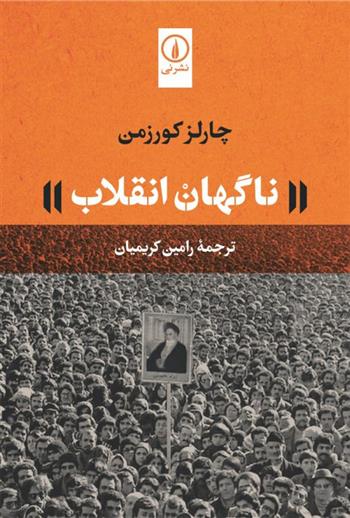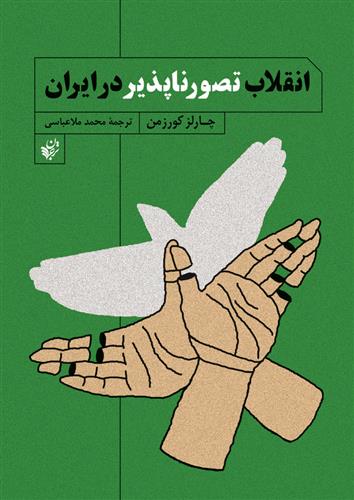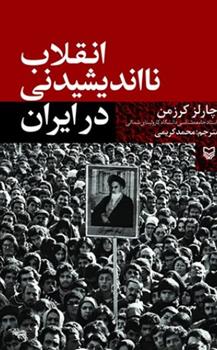کتاب انقلاب تصور ناپذیر در ایران
کتاب انقلاب نااندیشیدنی در ایران
معرفی کتاب انقلاب تصور ناپذیر در ایران
درباره چارلز کورزمن

دسته بندی های کتاب انقلاب تصور ناپذیر در ایران
نکوداشت های کتاب انقلاب تصور ناپذیر در ایران
"وقتی الیاس کانتی ، نظریه پرداز برنده جایزه نوبل ، از تمایل مردم به تحریک پذیری سخن گفت ، او یکی از خطرناک ترین صفات اجتماعات گسترده را در ذهن داشت، که به معنای پتانسیل آن ها برای احتراق غیرقابل پیش بینی است. کورزمن استدلال می کند که انقلاب اسلامی ایران ، مانند بسیاری از قیام های دیگر ، نمونه بارز این مسئله بود و او در سنت کانتی با استفاده از مثال براندازی شاه ادامه می دهد تا در مراقبه خود در مورد جمعیت و قدرت پیش برود. تحقیقات کورزمن او را به سمت جمهوری اسلامی کشاند ، که در آن مصاحبه های بی شماری انجام داد و برای ترسیم نقشه های ناپایدار و ناآرام یکی از پیچیده ترین و ناگهانی ترین انقلاب های اجتماعی جهان تلاش کرد ، نتیجه این کار فکری،ترکیبی از روزنامه نگاری و تحلیل است. این امر باعث ایجاد اختلال در صدا و سیما می شود: صاحبان مغازه ها ، وکلا و دانش آموزان دبیرستانی نظرات خود را در مورد آنچه اتفاق افتاده است ، به عنوان دانشگاهیان و سیاست گذاران نیز به اشتراک می گذارند. "
قسمت هایی از کتاب انقلاب تصور ناپذیر در ایران
آیت الله بهاءالدین محلاتی در شیراز، شامگاه روز قبل از تظاهرات، هشدار داد: «شاید فردا کشته شویم. داریم مقابل تفنگ و مسلسل و تانک می رویم. هرکس می ترسد نیاید.» در اصفهان و تهران، اسلام گرایان کادر پزشکی ای را ترتیب داده بودند تا در صورت وجود جراحات در دسترس باشند. مهندس جوانی در تهران، قبل از آنکه برای شرکت در تظاهرات از خانه خارج شود، وصیت نامه اش را نوشت. زنی در شیراز به یاد می آورد که «وقتی به راه پیمایی روز عاشورا رفتم، نمی دانستم که آیا سربازها به ما شلیک خواهند کرد یا نه، یا حتی از آسمان روی سرمان بمب خواهند ریخت یا نه. اما برایم اهمیتی نداشت. من از زندگی ام گذشته بودم».
چرا نمیچاپی ؟
سی چه چاپ نیکنی ؟
بچاپ دیه ببم جان
چرا نشر ترجمان تجدید چاپ نمیشه ؟
از کتب مهم در مطالعه انقلاب اسلامی ایران
رامین کریمیان بر چه اساسی اسم کتاب را " ناگهان انقلاب " ترجمه کرده ؟! لابد ترجمه متن کتاب را هم به همین شیوه ترجمه کرده ؟!
کتاب بسیار عالی از نشر ترجمان با ترجمه عالی ملاعباسی
چرا تجدید چاپ نمیشه ؟




















